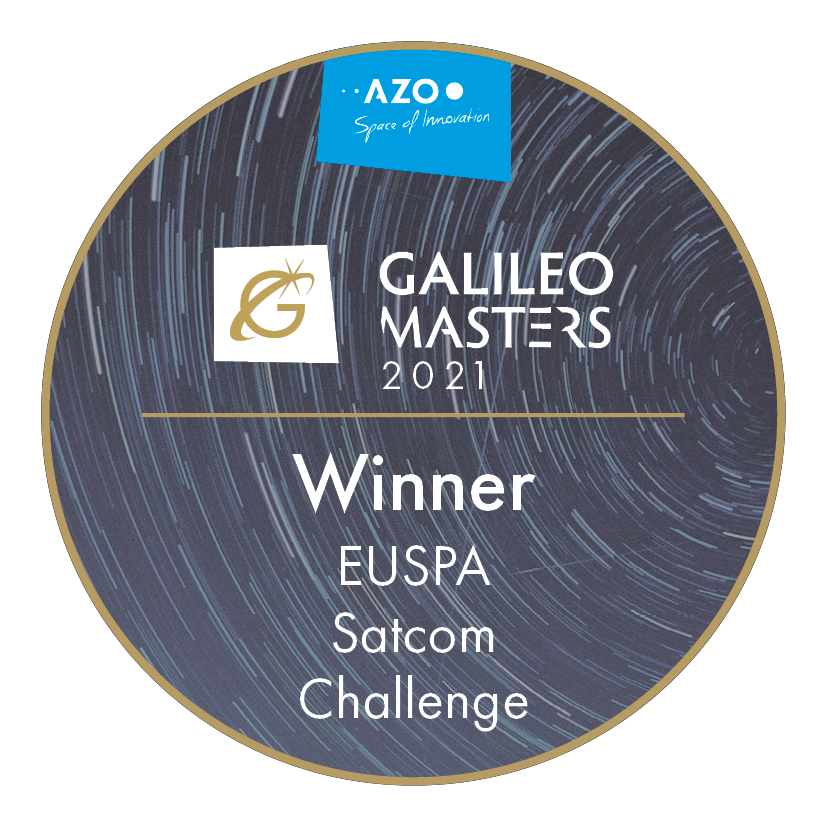
 Installing radar on UAVs can expand the scope of their applications because this technology can penetrate clouds, smoke, and fog and be operated in darkness. In many cases, however, surveillance radar equipment is heavy and expensive. The solution developed at Vilnius University is a lightweight, low-cost alternative that involves mounting mass-produced marine radar and wide high-resolution antennas on a UAV’s wing. Scans are carried out while changing the direction of flight, so using curved flight trajectories will enable 3D scanning even with 2D equipment. The solution can be particularly useful in anti-drone missions, as well as in sea border control or ice monitoring. Additional SatCom, Automatic Identification System (AIS), and Automatic Dependent Surveillance-Broadcast (ADS-B) equipment is also integrated. Two Galileo-enabled receivers at the tips of the wings are used for robust positioning and to determine the UAV’s attitude for radar scanning. The resultant weight of the UAV can be as little as 10-20 kg, which provides for a lighter, smaller, and cheaper solution compared to existing solutions.
Installing radar on UAVs can expand the scope of their applications because this technology can penetrate clouds, smoke, and fog and be operated in darkness. In many cases, however, surveillance radar equipment is heavy and expensive. The solution developed at Vilnius University is a lightweight, low-cost alternative that involves mounting mass-produced marine radar and wide high-resolution antennas on a UAV’s wing. Scans are carried out while changing the direction of flight, so using curved flight trajectories will enable 3D scanning even with 2D equipment. The solution can be particularly useful in anti-drone missions, as well as in sea border control or ice monitoring. Additional SatCom, Automatic Identification System (AIS), and Automatic Dependent Surveillance-Broadcast (ADS-B) equipment is also integrated. Two Galileo-enabled receivers at the tips of the wings are used for robust positioning and to determine the UAV’s attitude for radar scanning. The resultant weight of the UAV can be as little as 10-20 kg, which provides for a lighter, smaller, and cheaper solution compared to existing solutions.
“The winning idea is innovative as it can miniaturize a radar payload. Thanks to the 2-meter long antenna placed within the wing of the UAV, it can reduce air drag while the drone maneuvers enable radar surveillance of the environment. This significantly reduces the operating and UAV costs while it also expands the use of radar in UAVs in a broader field of applications such as border and maritime surveillance and ice monitoring.”
Philipp Scheidemann, Governmental Applications Expert, European Union Agency for the Space Programme (EUSPA)


Vilnius University, UAB Žvelk aukščiau
Saulius Rudys, Andrius Laucys, Martynas Butkus, Sarunas Budrevicius
rudys@elmika.com






